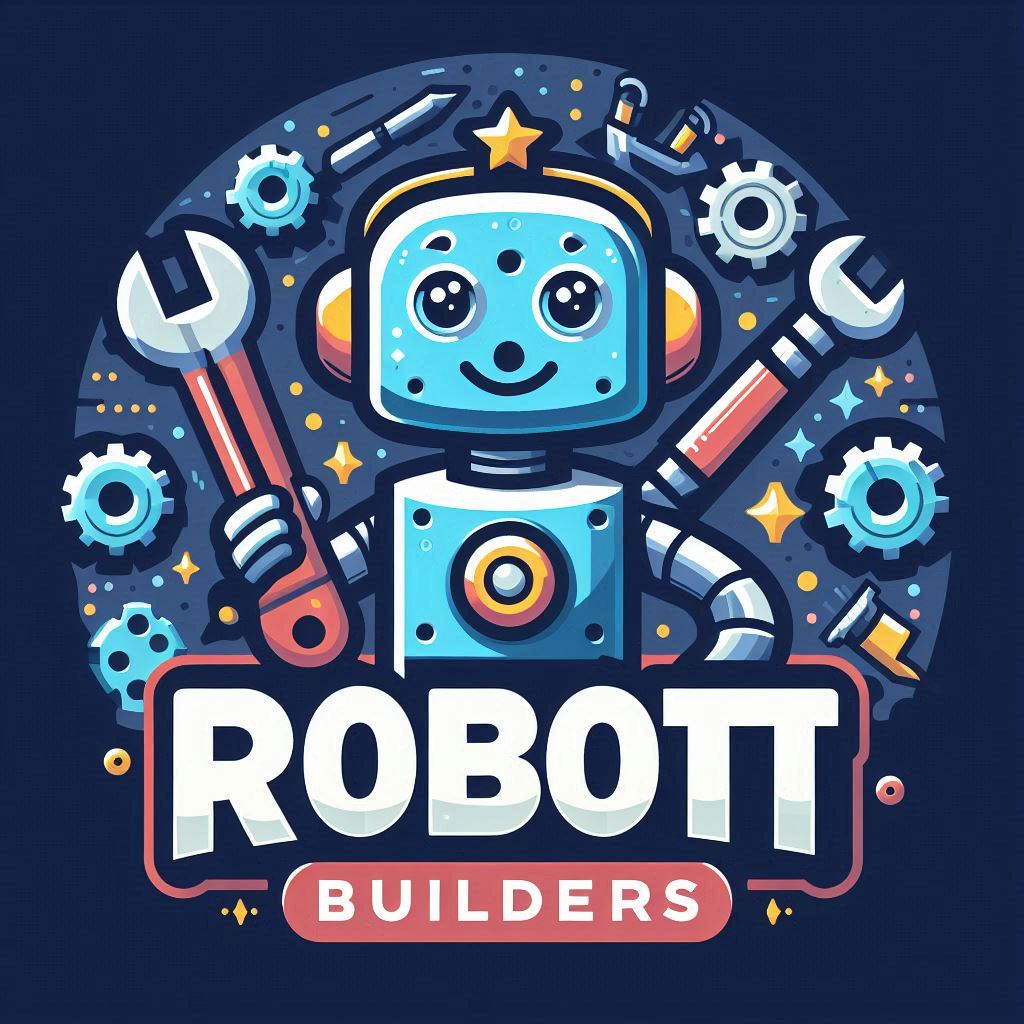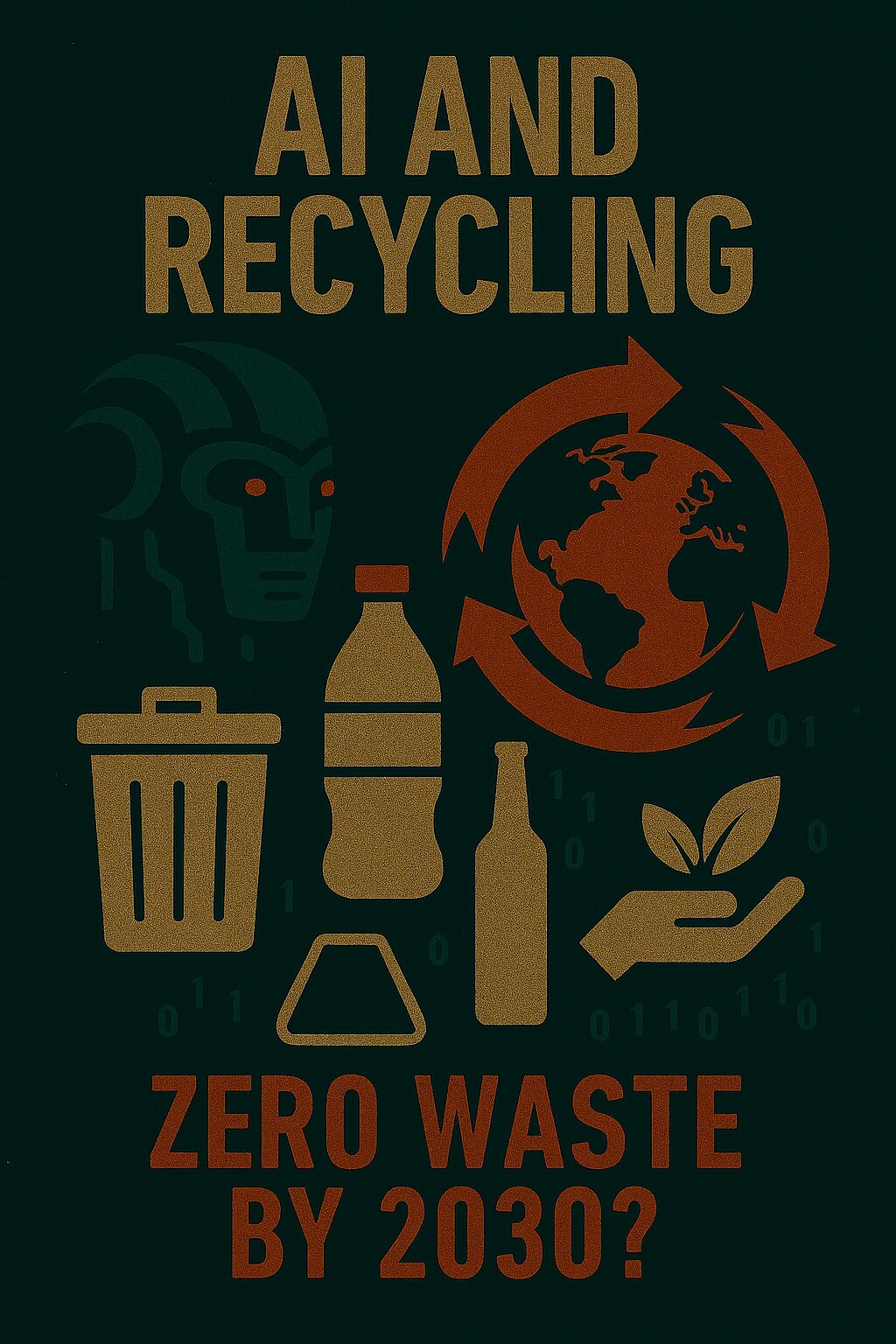Introduction: The Waste Crisis Meets Intelligent Innovation
In 2025, the world generates over 2 billion metric tons of waste annually, with only 19% recycled globally[^1]. Landfills overflow, oceans choke on plastic, and recycling systems struggle to keep pace. But artificial intelligence (AI) is emerging as a game-changer—offering speed, precision, and scalability to revolutionize waste management. Could AI be the key to achieving zero waste by 2030?
🤖 What Is AI-Powered Recycling?
AI-powered recycling refers to the use of machine learning, computer vision, and robotics to automate and optimize waste sorting, material recovery, and circular supply chains. These systems:
- 🧠 Identify recyclable materials with high accuracy
- 📸 Use hyperspectral imaging and near-infrared sensors to detect material types
- 🤖 Deploy robotic arms to sort waste faster than humans
- 📊 Analyze waste streams to improve facility efficiency
- 🔁 Enable closed-loop recycling and circular economy models
According to Columbia Climate School, AI-equipped robots can sort up to 1,000 items per hour—compared to 50–80 items by human workers[^1].
📈 How AI Is Transforming Waste Management
| AI Capability | Impact on Recycling Systems |
|---|---|
| 🧠 Computer Vision | Identifies materials like PET, HDPE, glass, and metals with precision |
| 🤖 Robotic Sorting | Increases throughput and reduces contamination |
| 📊 Predictive Analytics | Optimizes facility operations and maintenance |
| 🔁 Circular Economy Modeling | Supports reuse, refurbishment, and material recovery strategies |
| 🛰️ Satellite & IoT Monitoring | Tracks waste flows across cities and supply chains |
Microsoft, for example, achieved a 90.9% reuse and recycling rate of servers and components in 2024—exceeding its 2025 target ahead of schedule[^3].
🧪 Real-World Examples in 2025
- 🏙️ Sunset Park’s recycling plant in NYC uses AI vision systems and high-speed cameras to sort waste 24/7[^1]
- 🧪 Columbia Engineering received a $2.7M grant to use AI for plastic waste cleanup[^1]
- 🏢 Microsoft’s Circular Centers recover rare earth elements from hard drives with 95% fewer emissions than traditional mining[^3]
- 🌐 Western Digital and PedalPoint Recycling co-developed acid-free methods for high-yield material recovery[^3]
These innovations show that AI isn’t just theoretical—it’s already reshaping the recycling industry.
⚠️ Challenges and Ethical Considerations
Despite its promise, AI-powered recycling faces hurdles:
- 🔐 Data privacy from smart waste tracking systems
- 🧮 Energy consumption during AI model training
- 🛠️ Infrastructure gaps in low-income regions
- ⚖️ Risk of automation displacing human workers
Solutions include federated learning, ethical AI frameworks, and inclusive workforce retraining programs.
🛡️ How to Achieve Zero Waste by 2030
✅ Key Strategies:
- Invest in AI-enabled recycling infrastructure
- Promote public awareness and proper waste sorting
- Support circular economy business models
- Enforce regulations on e-waste and packaging
- Foster global collaboration across industries and governments
🔑 SEO Keywords to Target
- AI-powered recycling 2025
- zero waste by 2030
- intelligent waste sorting
- circular economy and AI
- robotic recycling systems
- hyperspectral imaging in recycling
- sustainable waste management technology
🧭 Conclusion: Intelligence Meets Sustainability
In 2025, AI is not just sorting trash—it’s sorting out the future. With precision, speed, and scalability, AI-powered recycling offers a path toward zero waste by 2030. But success will require more than algorithms. It demands vision, collaboration, and ethical innovation.
Because the smartest system isn’t just efficient—it’s sustainable.

